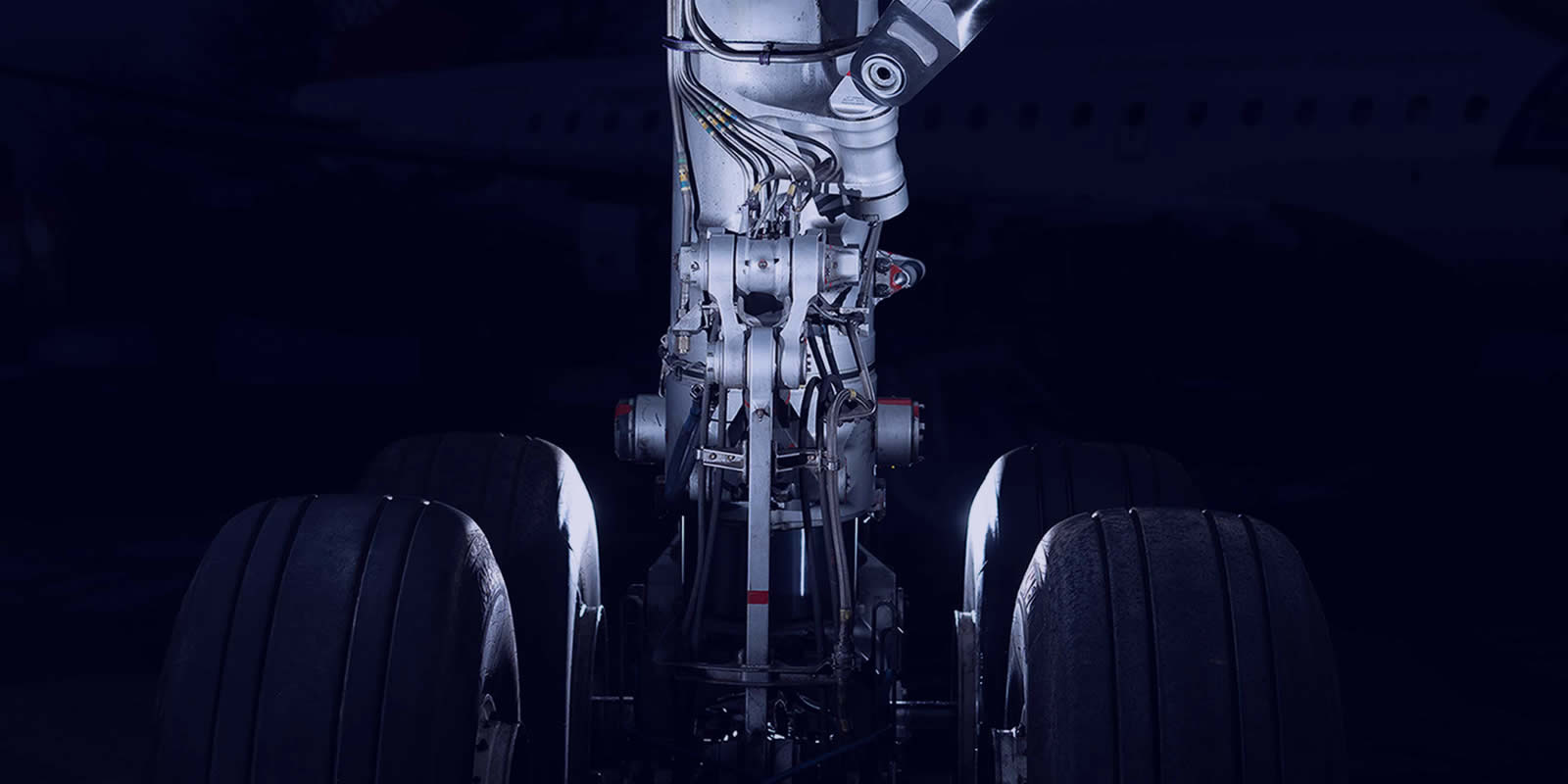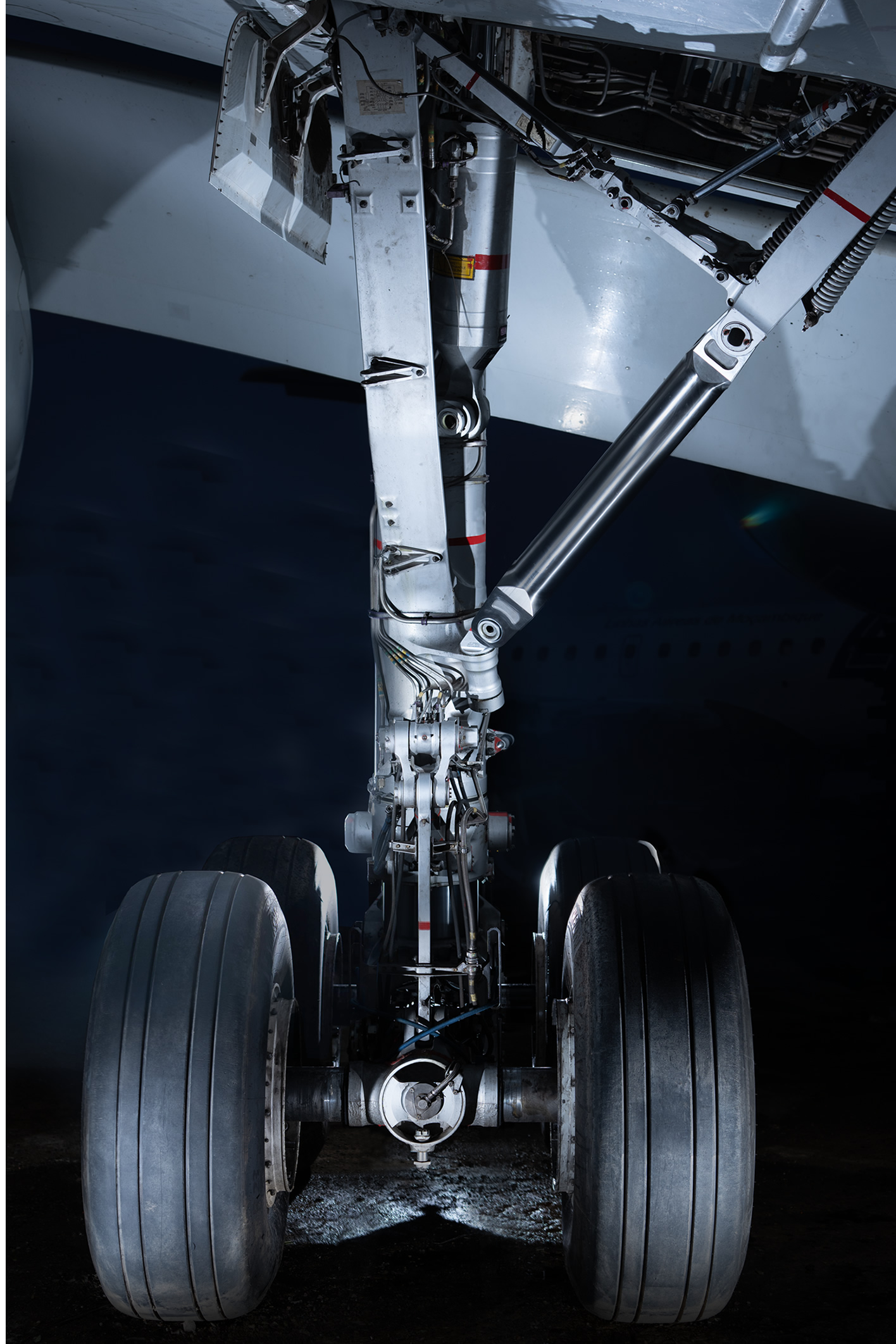
News
TISICS Unveils LightLand: The World's Largest Metal Composite Capable of Saving 9 Million Tonnes of Carbon Emissions

- TISICS unveil LightLand: the world’s largest metal composite developed for civil aircraft
- TISICS composites, weighing the same as a packet of crisps (36g), will be able to carry an astounding 5000kg.
- TISICS's innovative metal composites will reduce carbon emissions by 9 million tonnes annually and save airlines £650k in fuel costs per year per aircraft.
- By replacing traditional metal components with TISICS composites, the industry can achieve a greener future while creating 240 regional jobs in the UK by 2028.
Paris Air Show, France - 20 June 2023 - TISICS, the world-leading metal composites company, is making significant strides in the commercial aviation sector by unveiling its groundbreaking innovation - Light Land: lightweight landing gear for commercial aircraft. This innovative endeavour will deliver CO2 savings by 2030, helping to propel the industry toward its ambitious goal of achieving Net Zero emissions by 2050.
Currently, aircraft are made of 50% metal components, but TISICS is creating an industrial evolution by offering a sustainable alternative. By replacing these metal components with TISICS's lightweight and high-strength metal composites, the aviation industry can pave the way for a future where every aircraft is lighter and more fuel-efficient.
Developed as part of a project backed by £2.5 million in Research and Development funding from UK Research and Innovation (UKRI) and Innovate UK, in collaboration with Safran Landing Systems - the world leader in aircraft landing and braking systems - Light Land is the world's largest metal composite component for commercial aircraft. This novel part not only demonstrates improved fuel efficiency but also contributes to a significant reduction in carbon emissions through innovation.
TISICS is spearheading the transformation of metals to create a greener and brighter future. Their titanium and aluminium composites, manufactured in the UK, offer an exceptional weight reduction of 30-70% for high-performance systems, leveraging their strength, mass, corrosion resistance, and temperature properties. Surpassing the strength and stiffness of titanium at a 40% lower density and outperforming high-strength steel, TISICS's composites double the specific stiffness of common engineering metals.
The adoption of Light Land is projected to save airlines £650k in fuel costs per year, per aircraft, making them 13% more cost-effective compared to their titanium counterparts. Moreover, wide-body aircraft fleets utilising TISICS composites will contribute to a yearly CO2 emission reduction of 9.6 million tonnes. These remarkable statistics highlight the transformative impact of TISICS's technological advancements on the aviation industry's environmental sustainability and economic viability.
The demand for lightweight, efficient gear in the aerospace sector aligns perfectly with TISICS's mission. As the industry strives to achieve JetZero by 2050, the adoption of innovative zero-carbon solutions becomes increasingly crucial. TISICS's lightweight landing gear offers a compelling solution to reduce emissions and increase operational efficiency starting in 2028 and expanding across multiple aircraft systems, including ultra-efficient wings, engines and next-generation airframes.
According to the Aerospace Technology Institute (ATI) and PwC, the development of ultra-efficient lightweight aerostructures represents a £9.8 billion market opportunity by 2041. By transitioning toward zero-carbon emission technologies, the UK has the potential to grow its market share from 13% to nearly 17% by 2050, leading to a global market for new aircraft deliveries worth £4.6 trillion between 2022 and 2050.
TISICS not only envisions an environmentally sustainable future but also aims to improve the country's socio-economic outlook. By creating 240 regional jobs by 2028, TISICS's lightweight composite technology, designed and manufactured in the UK, will have a positive impact on the local economy.
Stephen Kyle-Henney, CEO of TISICS: "We're hugely excited to showcase the potential of Light Land for the UK's aerospace industry. Offering high-value, fuel-efficient, zero-carbon, and commercially available aircraft components is a huge first step towards achieving JetZero. TISICS' future products will lead to increased competitiveness for UK aero-manufacturers, securing a first-mover advantage in high-value markets. This will create a domestic supply chain, reshoring previously imported products, and generating over 240 highly skilled jobs in the UK within the next five years."
Ayantika Mitra, Business Strategy Director of TISICS: “TISICS technology enables rapid decarbonisation of aircraft fleets, initially through landing gear and extending to wing components, hydrogen storage, engines and future blended wing aircraft that combine the best of next-gen carbon fibre and metal composites. We’re excited to lead this renaissance in materials and manufacturing to make zero emission flight a reality.”
Kyle Schmidt Senior Vice President R&T, Innovation & Eco-Design, Safran Landing Systems added, “Reduction of landing gear structural mass is a key lever for Safran Landing Systems in its roadmap to net zero emissions for aircraft."
“TISICS’ innovative metal matrix composite technologies offer an interesting and compelling possibility to achieve lighter, more fuel-efficient aircraft while maintaining architectural similarity to current products."
“Safran Landing Systems is proud of its longstanding relationship with TISICS and looks forward to continued activity as both companies push to achieve significant advances in the state of the art.”
About TISICS Ltd
TISICS is a privately held SME based in Farnborough, established in 2005 to develop a new class of materials and manufacturing technologies to help solve some of the world's toughest engineering challenges. TISICS is committed to widening the adoption of advanced materials which hold the key to using Earth’s resources more efficiently and expanding our horizons in the stars.
WEB: tisics.co.uk |
TWITTER: @TiMetalMatrix
About Safran
Safran is an international high-technology group, operating in the aviation (propulsion, equipment and interiors), defense and space markets. Its core purpose is to contribute to a safer, more sustainable world, where air transport is more environmentally friendly, comfortable and accessible. Safran has a global presence, with 83,000 employees and sales of 19,0 billion euros in 2022 and holds, alone or in partnership, world or regional leadership positions in its core markets. Safran undertakes research and development programs to maintain the environmental priorities of its R&T and innovation roadmap.
About Safran Landing Systems
Safran Landing Systems is the world leader in aircraft landing and braking systems. The company has partnerships with more than 25 airframers in civil, regional, commercial and military transport, supporting more than 32,000 aircraft and making over 80,000 landings gear every day.
WEB: safran-group.com |
TWITTER: @Safran and@SafranLandingS
About Innovate UK
Innovate UK is the UK’s innovation agency. Innovate UK works with people, companies and partner organisations to find and drive the science and technology innovations that will grow the UK economy – delivering productivity, new jobs and exports. Our aim at Innovate UK is to keep the UK globally competitive in the race for future prosperity.
For further information visit Innovate UK
About SBRI
The SBRI (Small Business Research Initiative) programme uses the power of government procurement to drive innovation. It provides opportunities for innovative companies to engage with the public sector and gain contracts to solve specific problems. Competitions for new technologies and ideas are run on specific topics and aim to engage a broad range of organisations. SBRI enables the public sector to engage with industry during the early stages of development, supporting projects through the stages of feasibility and prototyping.
For further information visit Innovate UK SBRI